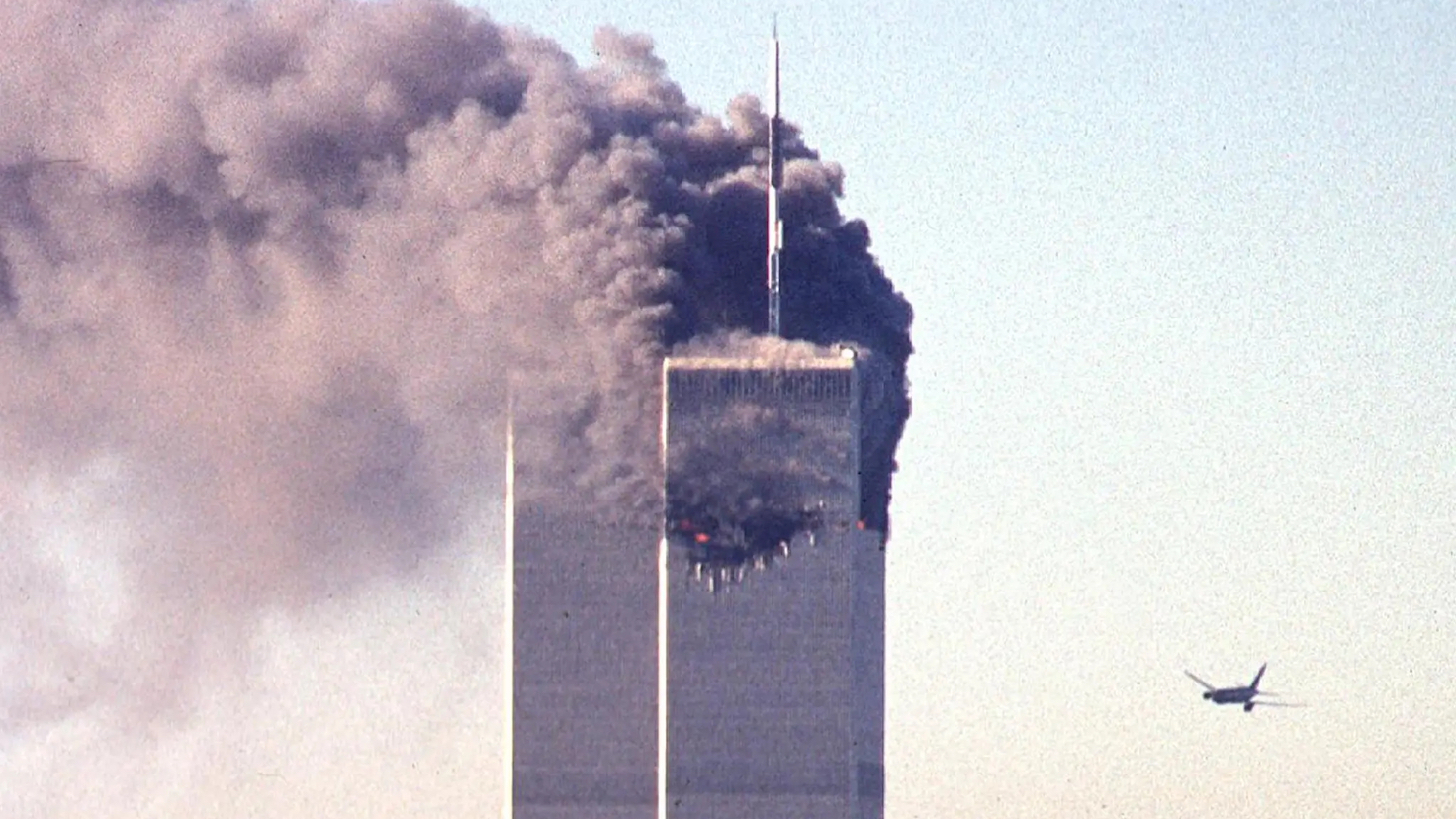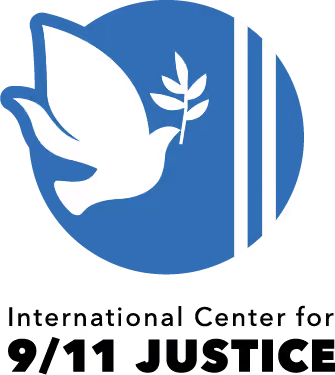These three chapters delve more into the details of the events of September 11, 2001, and who was responsible for the failure to defend the country. The following questions are considered:
- How did the systems put in place to prevent hijackings fail?
- How did the Federal Aviation Administration (FAA) and military fail to respond to the hijackings?
With respect to these questions, the four suspects described in these chapters were alarmingly negligent in their duties and were not held accountable.
Chapter 7 focuses on two employees of the FAA who were new to their positions. In fact, one of them, Ben Sliney, was enjoying his first day on the job as the national manager of FAA’s Command Center. He had previously spent much of his career as a Wall Street lawyer. On 9/11, Sliney was put in charge of FAA’s response despite many others around him having more experience and seniority. He received notification of the first hijacked airliner two hours before the last airliner, United 93, was destroyed in Pennsylvania, yet it took him an hour to request military assistance.
The other new FAA employee was General Michael Canavan, the former commander of the U.S. Joint Special Operations Command who just nine months earlier had been named the FAA’s hijack coordinator. According to the 9/11 Commission, Canavan’s position was the most important role in the air defense failures. Despite this claim, the Commission did not bother to find out why Canavan went missing that day or why no one was assigned as his back-up. The Commission was also not interested in the table-top exercises that Canavan had been running in the days before 9/11 that, according to an FAA intelligence officer, “were pretty damn close to the 9/11 plot.”
Chapter 8 reviews the inexplicable actions of General Ralph Eberhart and his apparent lies about FAA notifications. Eberhart sponsored the military exercises going on the day of 9/11 that obstructed the military response to the hijackings. He also gave orders that lowered security levels and hindered responses. At the height of the attacks, Eberhart decided to take a leisurely hour-long drive between military bases instead of using the available helicopter. He later lied to Congress and told his staff to continually change the story of what happened.
As described in Chapter 9, Carl Truscott was the Secret Service agent in charge of the Presidential Protection Division. The Secret Service clearly knew the president was not in danger on 9/11 — even after multiple planes had been hijacked and were crashing into buildings — since they allowed George W. Bush’s highly publicized elementary school visit to proceed and did not act to protect him. Truscott’s team also did not request military assistance for the presidential motorcade or for Air Force 1 as Bush was leaving. It was later reported that the Secret Service could see everything happening on FAA systems yet turned down an offer of military support from Andrews AFB, which was located only ten miles from the Pentagon.
The hijackings and air defense failures on 9/11 were key parts of the crimes, and there is much deception behind the 9/11 Commission’s final account of these events.
Kevin Ryan, September 2023



